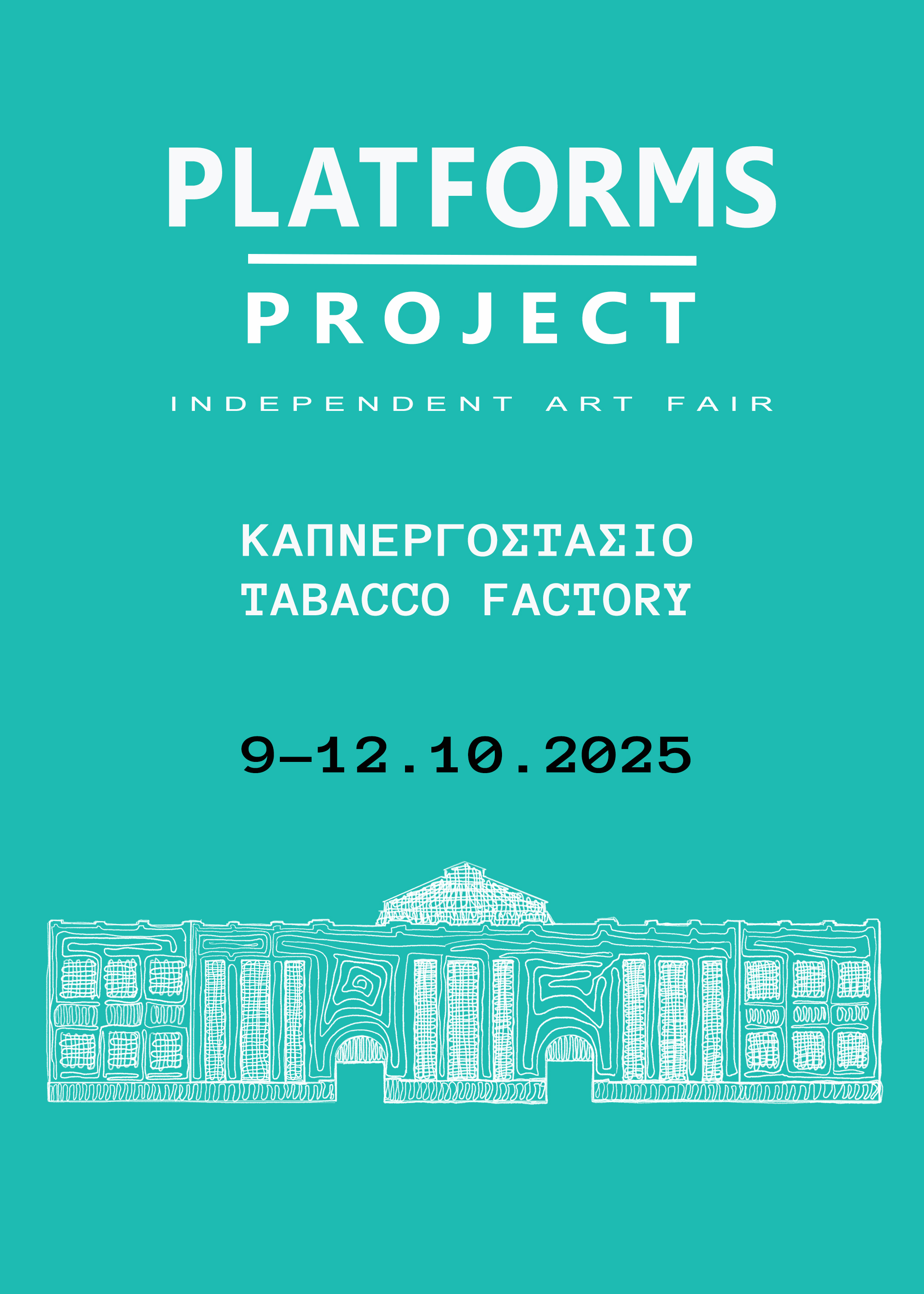Presented in the Independent Projects section of this year’s edition of Art Athina, the installation Buttered Daylight by Hypercomf welcomed guests at the entrance to the Athens Concervatory with a rather eye-catching assortment of elements. First, there was the ultramarine carpet set against the Modernist landmark’s marble floor. Then it was the Mercedes E200 ‘92 covered with a hand-sewn hood made with reclaimed fabric from discarded clothing — a typical method for Hypecomf to make their soft sculptures and wearable objects. Next to the car, two vintage airport seats were facing a screen playing the new Hypercomf film, created in collaboration with Demode Video Cinema. Also titled Buttered Daylight, the film is a visual treat full of saturated colour, swoon-inducing photography inspired by commercial aesthetics and the deliciously humorous and emoticon-like imagery that Hypercomf is gradually becoming a master of.

Shot at various locations in Athens, the film follows a mysterious shaman-like figure who visits a factory, a rocky wilderness and a hazy interior wearing a bright-blue furry cape decorated with various symbols. Given that Hypercomf’s work has a lot to do with capitalism, over-consumption and the excess of contemporary civilisation, the film feels that takes place in a dystopian future where machines and the debris of today’s civilisation have become the materials with which humans live a primitive life. The second part of the film is shot in a dense, technicolor fog that the artists describe as a “colourful brain fog” that magically connects human bodies with machines to create “a parallel sentient reality”.
Hypercomf is the self-proclaimed company of Tinos-based artists Ioannis Koliopoulos and Paola Palavidi that was founded in 2017. You probably remember our interview with them on the occasion of their very first exhibition in Athens last year. Since their work was certainly one of the best things we saw at Art Athina 2018, we reached out with a few questions about the project in order to find out more about the symbolism and concept behind it.

What is the inspiration behind the new film Buttered Daylight? What does the title mean?
The inspiration for the film was an art piece that we are constantly reinventing and developing over time. It was originally created as a coat for a chair and then used as a centerpiece animal-fur rug in our recent pop-up shop [at Ileana Tounta Contemporary Art Centre], and then altered again to create the costume of a blue neo-primal figure with an emoticon face. We wanted this figure to take part in an uncanny, mysterious promotional video for Hypercomf, through which we would be looking at the dramaturgy used in advertising and blockbuster cinematography to induce primal urges in viewers and consumers. The result was just that, but we further developed the narrative as the character was being built to include his story: one of being empowered practically and spiritually by machines, making them an extension of his primal self like the first stone tool. As for the title, it sets the dystopian tone and describes a sun that is covered in fatty abundance, a hot, hazy light, like the colour of car headlights maybe.
What are the locations where the film was shot?
The locations include a textile factory, the Tourkovounia area in Athens, an abandoned quarry in the middle of Athens and a space that used to be a car repair shop in the city centre and is now an independent project space, Enterprise Projects.
Tell us more about the film’s main character.
The main character is hidden away underneath an oversized costume, so much so that the costume seems to be the character itself, making the person underneath a mysterious persona like a super hero wearing his empowered self on the outside for all to see. It’s a synthetically dyed natural wool rug with a face of exaggerated but static emotion like a shaman mask or an emoticon, and bits of urban styling from reclaimed clothing. His journey begins in the factory with the machine workers creating the materials he is mad for and continues to his garage and his car: his machine friend, a product of technology very close to man, and also an everyday empowering extension of the body and inevitably the mind. The car is also a machine people most often attribute a "personality" to and have an emotional connection with.

The idea of data storage and processing is a big part of the film. Can you explain a bit more about the "colourful brain fog" and how the main character is using objects to store data?
The colourful brain fog refers to the exalting confusion of imagery in the film accentuated by the emotional cinematography and sound. We wanted it to feel like navigating a ship through a colourful digital fog whilst dramatic music is ear-piercingly played from a mysterious source in the fog. Kind of like scrolling on your phone’s social feed: nothing and everything makes sense but it looks great in its own way and is clearly targeting towards an intense emotional reaction from you. We are all experiencing life and we are storing memories and data into matter everyday, as it has been for millions of years — whether storing it in our brain cells or a cave wall, a cabinet or a phone. The character in the film is using his objects to store information in the viewer’s mind (and phone if they choose).
Grains, bones, rituals: is there a connection between pagan mysticism and us humans of late capitalism?
There is a sociologically and anthropologically established connection between religious ideologies and methodologies and the recently-established-world-order ideology of capitalism: for example the use of symbolic imagery to represent immaterial powerful existences (whether gods or corporations), as well as the efforts towards death defiance — whether with a few symbolic objects, social rituals or through the accumulation of earthly possessions.






